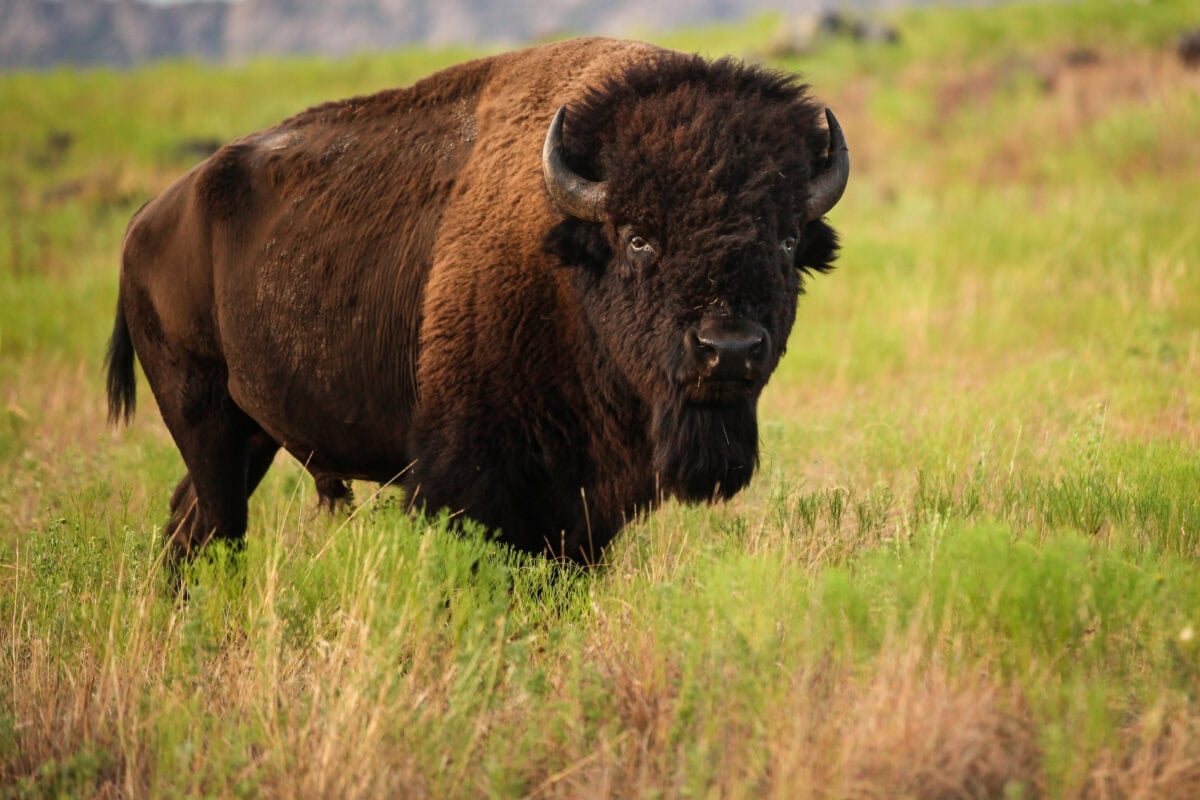Throughout history, numerous animal species have teetered on the brink of extinction only to make remarkable comebacks, thanks to conservation efforts and nature’s resilience. These inspiring stories remind us of the importance of protecting biodiversity and the potential for species recovery. In this article, we explore 20 incredible comebacks of animals that were once almost extinct.
1. American Bison

The American bison, also known as the buffalo, was once an iconic figure of the North American plains, with an estimated population of 30-60 million. However, by the late 1800s, due to overhunting and habitat loss, fewer than 1,000 remained. Conservation efforts, including the establishment of refuges and breeding programs, have increased their numbers to over 500,000 today.
2. Bald Eagle

The bald eagle, a symbol of the United States, faced a sharp decline in the mid-20th century due to hunting, habitat loss, and DDT pesticide exposure. By 1963, only 487 nesting pairs remained. With legal protections and environmental changes, the population rebounded, and in 2007, the species was removed from the endangered list, with over 71,000 eagles now in existence.
3. California Condor

The California condor, one of the world’s largest flying birds, dwindled to just 27 individuals in the wild by 1987. A bold captive breeding program was initiated, and today, there are around 500 condors, with more than half flying free in California, Arizona, Utah, and Baja California.
4. Gray Wolf

Once widespread across North America, gray wolves saw their numbers collapse under hunting and habitat destruction. By the 20th century, they were nearly extinct in the contiguous United States. Reintroduction efforts, especially in Yellowstone National Park, have brought the population back to sustainable levels, with over 6,000 wolves now thriving.
5. Humpback Whale

Hunted to near-extinction, humpback whale numbers fell drastically from 125,000 to just about 1,500 in the 1960s. The 1985 moratorium on commercial whaling allowed the population to rebound, with current estimates exceeding 80,000 worldwide.
6. Giant Panda

Endangered due to deforestation and fragmentation of their bamboo habitat, giant pandas numbered fewer than 1,000 in the wild by the late 20th century. China’s extensive conservation efforts, which include the creation of reserves and bamboo reforestation, have increased the population to over 1,800, leading to their status being downgraded to vulnerable.
7. Black-Footed Ferret

Considered extinct in the wild by 1979, a small population of black-footed ferrets was discovered in Wyoming in 1981, leading to a captive breeding program. Today, reintroduction efforts have stabilized their numbers at around 370 wild individuals across various states.
8. Arabian Oryx
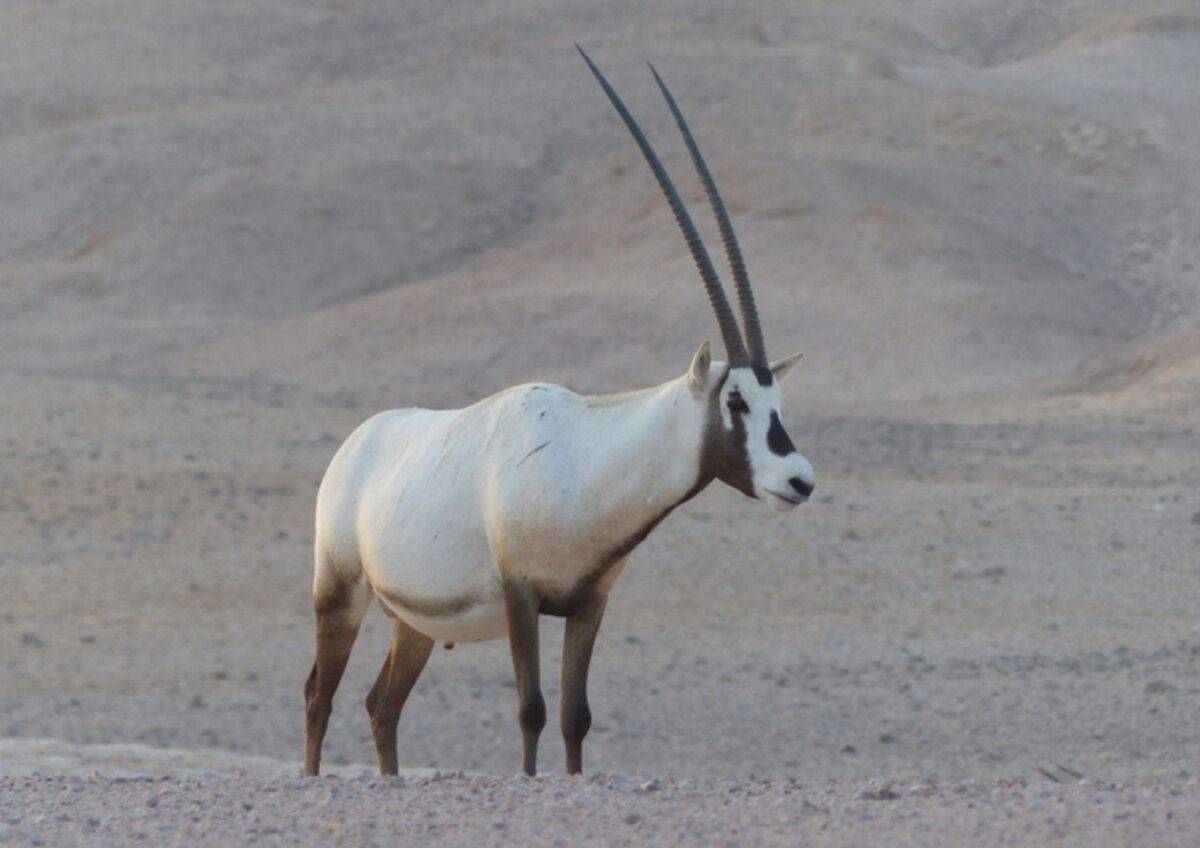
Driven to extinction in the wild by 1972, the Arabian oryx was saved by a captive breeding program known as ‘Operation Oryx.’ Successful reintroduction into the wild began in Oman in 1982, and the population has since grown to over 1,000 individuals across the Arabian Peninsula.
9. European Bison
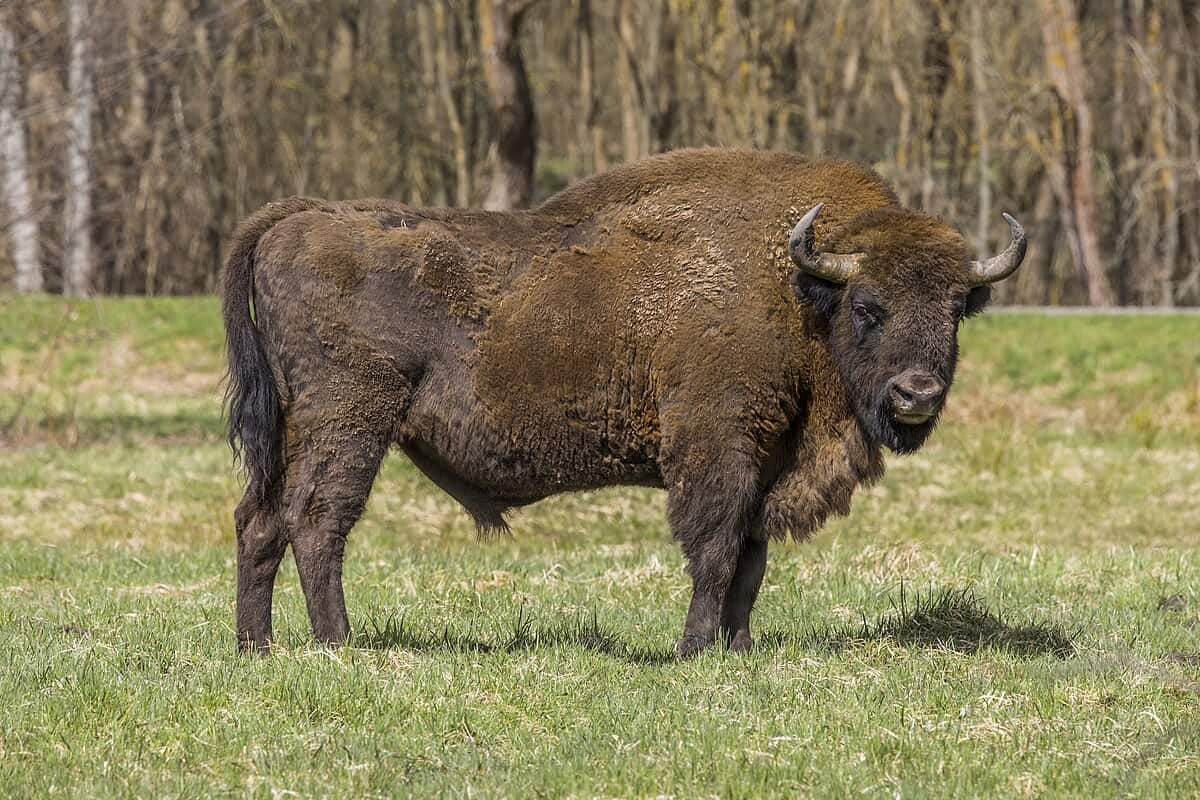
The European bison, or wisent, was declared extinct in the wild in 1927 due to overhunting and habitat loss. Through breeding programs and reintroduction into parts of Europe, their numbers have increased to around 7,000, making them a conservation success story.
10. Peregrine Falcon

Once nearly eradicated by DDT pesticide exposure, the peregrine falcon faced a critical population crash in the mid-20th century. A ban on DDT and breeding programs facilitated their recovery, culminating in their removal from the U.S. endangered species list in 1999.
11. Island Fox

On the brink of extinction due to canine distemper and predation by golden eagles, California’s island fox population plunged below 100 individuals in the 1990s. Intensive conservation efforts led to their full recovery, and by 2016, their status was upgraded from endangered to near threatened.
12. Southern White Rhino

The southern white rhino was almost wiped out, with only 20 individuals left in South Africa in the late 19th century. Conservation programs and anti-poaching laws have successfully increased the population to over 18,000, showcasing a significant recovery effort.
13. Mauritius Kestrel

Deemed the world’s most endangered falcon in the 1970s, with just four wild individuals remaining, the Mauritius kestrel’s population grew through coordinated captive breeding and habitat management efforts, reaching over 350 by 1994.
14. Gray Whale

Hunted nearly to extinction in the 1800s, the gray whale population dwindled to just a few thousand. International protection efforts allowed the population to rise to over 26,000, and it was removed from the U.S. endangered species list in 1994.
15. Vietnamese Saola
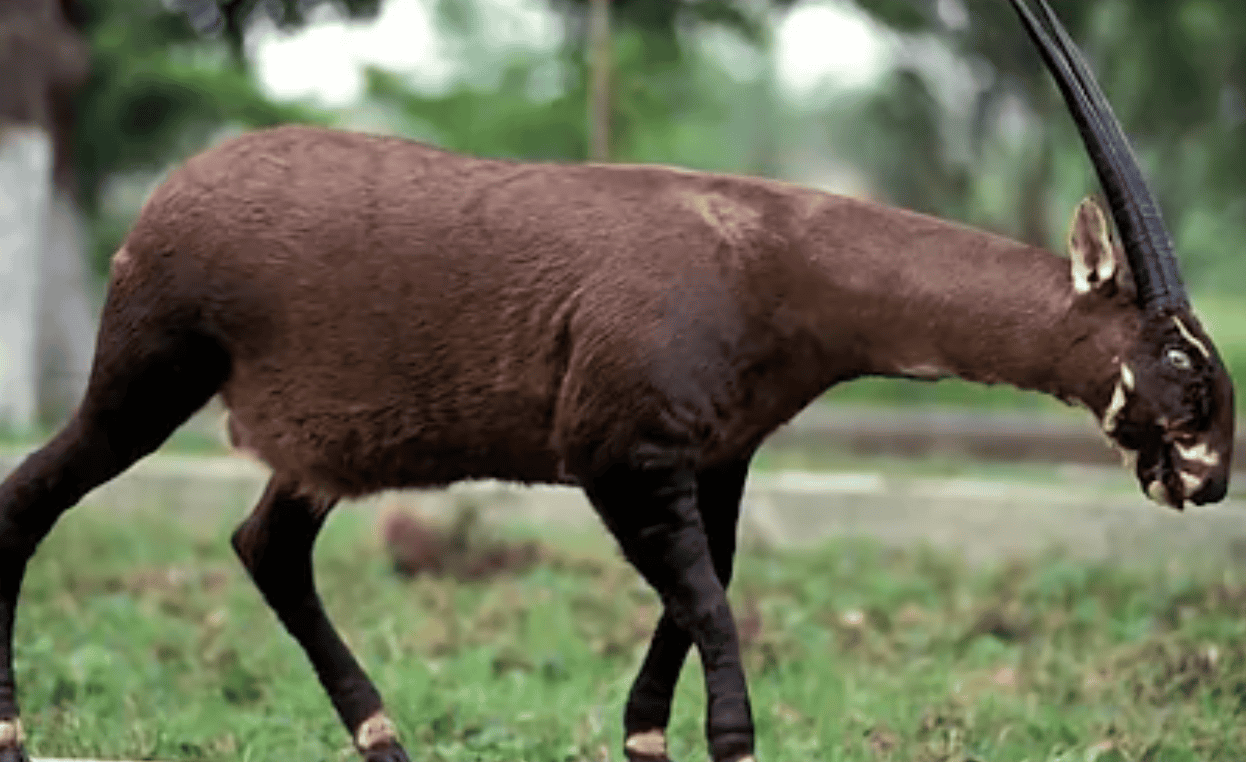
Discovered in 1992, the saola faced immediate threats due to habitat loss and poaching. While still critically endangered with a population of perhaps only a few dozen, conservation programs and the establishment of reserves offer hope for survival.
16. American Alligator
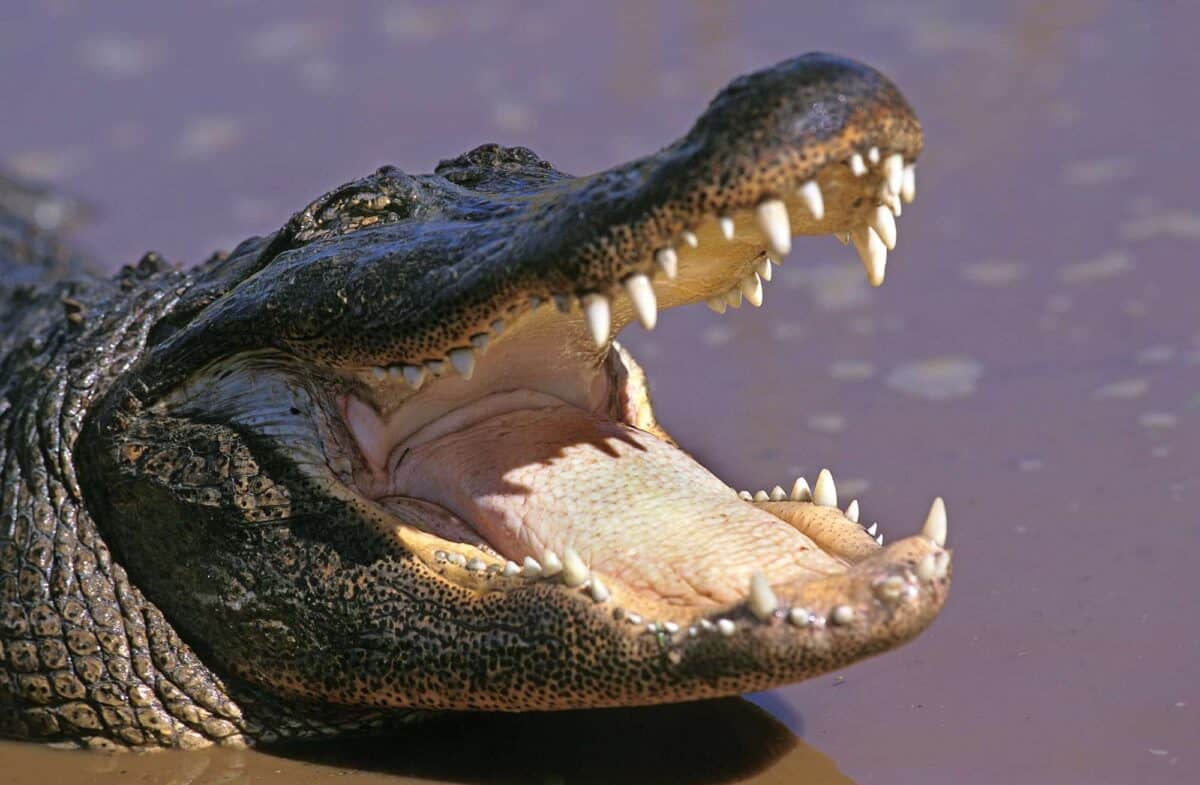
Once on the brink of extinction in the U.S., the American alligator saw a profound recovery following strict hunting regulations and habitat protections enacted in the 1960s. Today, the population exceeds five million.
17. Northern Elephant Seal

The northern elephant seal was hunted to near extinction in the 19th century, with only 20 individuals left by the 1890s. Protection from hunting has allowed the population to soar to over 200,000.
18. Red Wolf

Declared extinct in the wild by 1980, the red wolf was reintroduced through a breeding program in North Carolina’s Alligator River National Wildlife Refuge. Despite challenges, conservation efforts continue to sustain a small wild population, offering hope for future recovery.
19. Nene Goose
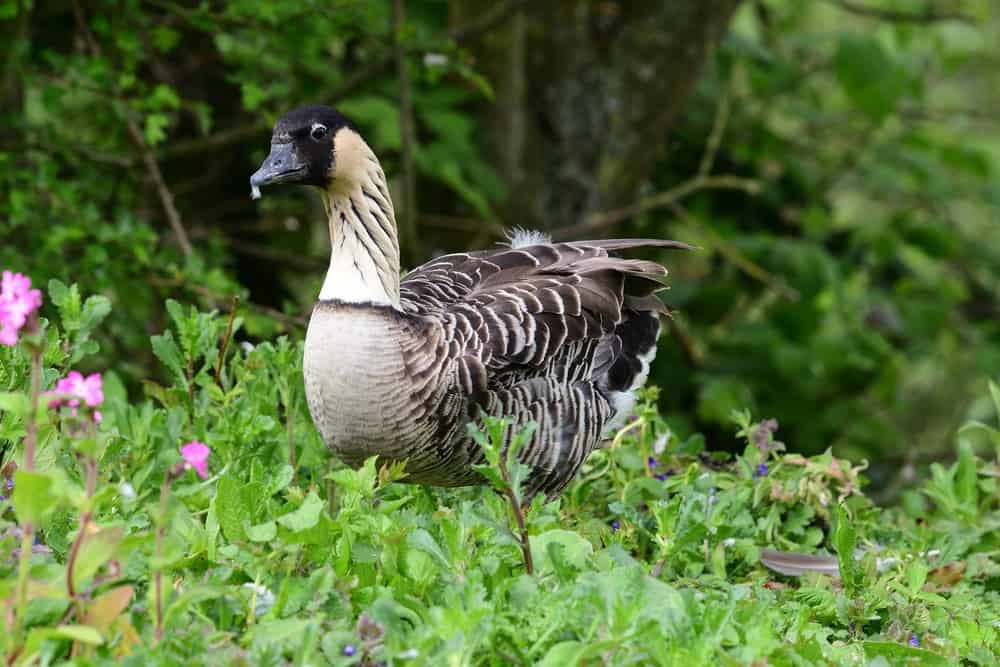
The nene, Hawaii’s state bird, saw its population drop to 30 individuals in the 1950s. Captive breeding programs have helped increase their numbers to about 2,800, safeguarding them from extinction.
20. Southern Sea Otter

Once nearing extinction due to fur hunting, the southern sea otter population plummeted to just a few dozen individuals by the 1930s. Conservation efforts have allowed their numbers to rebound to about 3,000 along the California coast, though they remain vulnerable.
Conclusion

The comeback stories of these animals exemplify the resilience of nature and the critical role of conservation in ensuring the survival of endangered species. Through dedicated efforts and global cooperation, these species have been given a second chance, inspiring us to continue protecting our planet’s biodiversity.
- 12 Reasons Idahos Dogs Might Be the Happiest in the U.S. - August 9, 2025
- 14 Rare Horse Breeds You Didn’t Know About - August 9, 2025
- The Largest Wildfire to Ever Burn in the US - August 9, 2025

